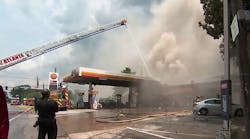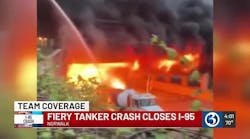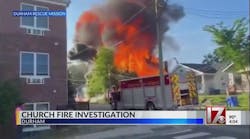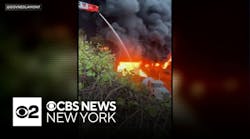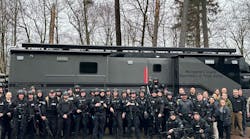The incident that became known as the Rodeo/Chediski Fire, a gargantuan wildland and wildland/urban interface fire, began on June 18, 2002, as the Rodeo Fire in the Sitgreaves-Apache National Forest near Cibique, AZ. It was determined that the Rodeo Fire was deliberately set by a seasonal wildland firefighter, who admitted starting the fire so that he could earn money fighting it.
The Rodeo/Chediski Fire consumed 468,683 acres of private and national forest lands and forced 30,000 residents to be evacuated from nine communities. A total of 426 homes were destroyed; many other outbuildings, mobile homes and motor vehicles were burned. The town of Linden lost 100 homes and the town of Heber-Overgaard lost 268 buildings and homes.
Property damage was conservatively estimated at $30 million, and fire suppression costs approached $50 million. At the height of the fire, on June 29, nearly 4,500 firefighters and support personnel were on scene, using 30 helicopters, 251 engines, 92 water tenders/tankers and 90 bulldozers.
Robert M. Winston, a Firehouse® contributing editor, is a 33-year veteran of the fire service and a retired Boston Fire Department district fire chief. He is a wildland/urban interface and structural fire service presenter and adjunct college instructor. Winston can be contacted at 928-541-9215 or by e-mail: [email protected].




